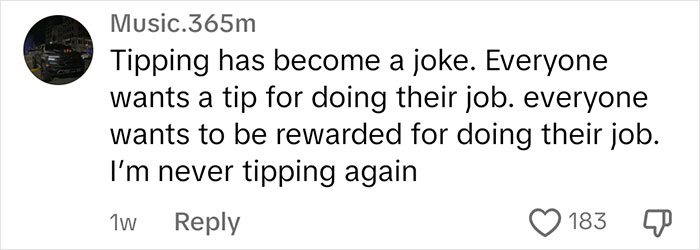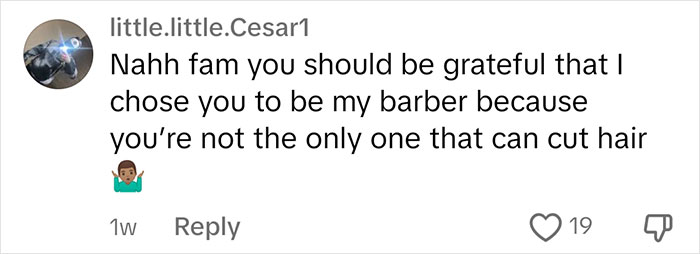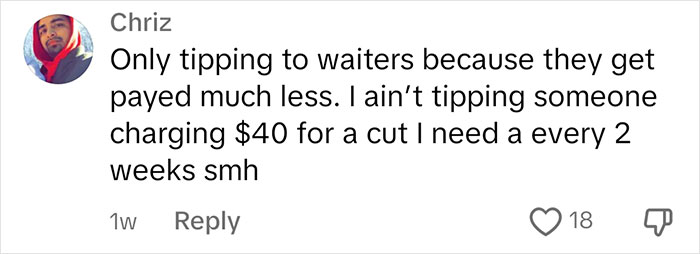Slowly and steadily, with almost no fanfare, tipping culture in the US has slowly been expanding. Not only will you encounter it in more and more places, but the “expected” percentage seems to have almost doubled in recent years.
A TikTok went viral after a man asked different barbers what they expected to be tipped for their work. Netizens debated just how widespread tipping culture has become. We reached out to the account that posted the TikTok via private message and will update the article when they get back to us.
More info: TikTok
There are a few places where most of us might expect to give a tip
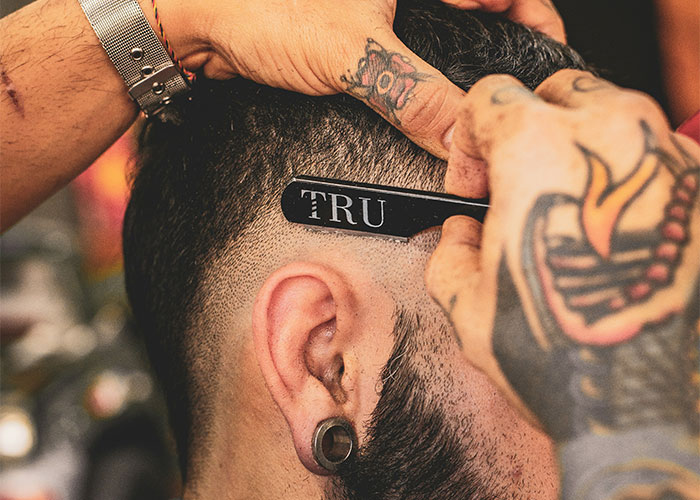
Image credits: Agustin Fernandez / unsplash (not the actual photo)
But one barber caused a little controversy when he said that he expected a 40% tip
“What kind of tip do you expect when you check them out?
You know, the minimum is 20%. But I say and expect like 40% of the time and detail I put into my haircut.”
“I expect at least $5 but I’ll take a Google review over a tip any day.
Google reviews are priceless.“
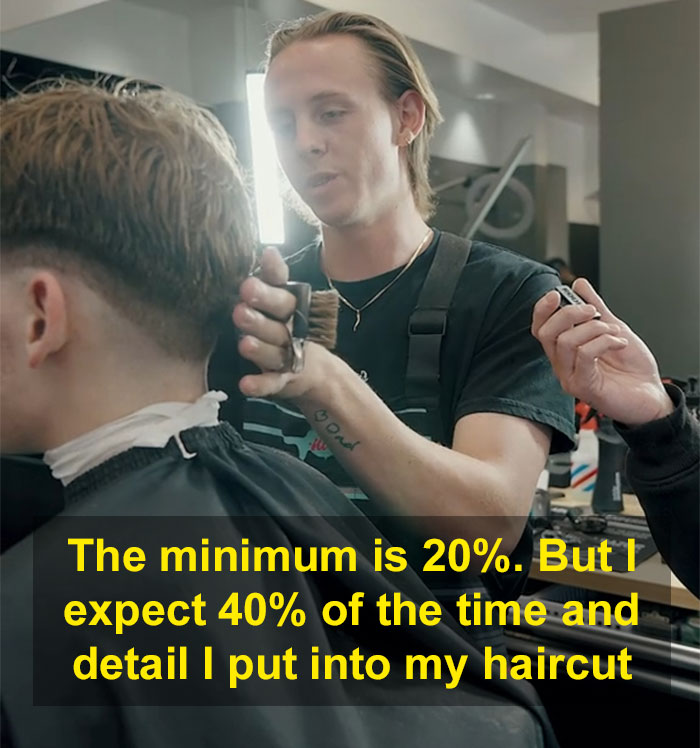
Image credits: quicksbarbershop
“You know, I don’t like to expect anything. I think if you’re giving anything, you know, it’s for sure, appreciate it. But yeah, I mean, I’m a big tipper when I go out, and I go to a restaurant or do anything, you know, I at least tip and 20%, if the service is good, I am giving more.”
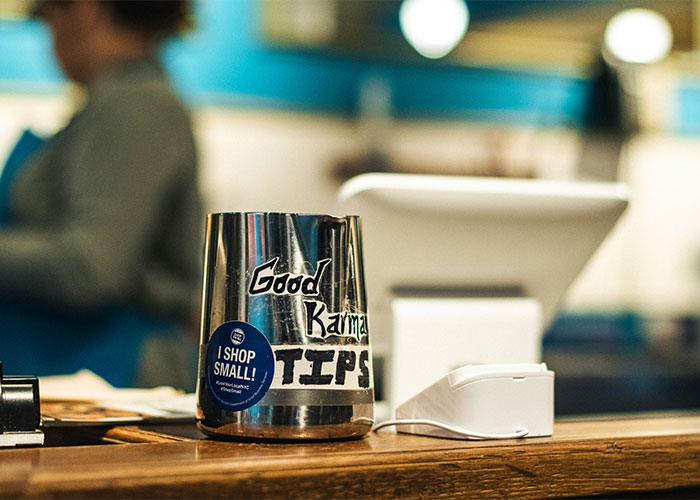
Image credits: Dan Smedley / unsplash (not the actual photo)
“I think a tip is always like, it’s a generosity kind of thing. You know what I mean? You can not tip and I’ll still be cool, but then at the same time, it is more appreciative, you know, for you to tip your barber. Just got my hair braided, I tipped for $50. But yeah, a tip is always gonna be appreciated. Always very grateful for a tip. Yeah, I don’t really expect a tip.”

Image credits: quicksbarbershop
“The tips can come in many different ways. So I don’t really expect it one way, cash is cool, money’s obviously cool, but reviews are dope too. I think if we can get reviews, if you can put my name up there in the light so everybody else can see that I’m doing you right. That’s a good tip right there.”
You can watch the full video here
@quicksbarbershopHow much do you tip your barber ?? 🤔♬ original sound – Quicks Barbershop
Tipping culture can be confusing
Tipping culture is tricky because the norms, standards and expectations vary so greatly. Unwritten rules are one thing, but when do you tip, who do you tip and how much are questions that seem to become more and more unclear by the day. For example, in some countries, it’s actually considered quite rude to tip.
In Japan, you might find the servers running out of the restaurant after you, your cash in hand, if you leave a tip. While most of us might conclude that you simply don’t tip in Japan, it’s not actually that easy. Instead, you can leave a tip, if it’s enclosed in a special envelope, as this, somehow, renders the entire process more socially acceptable.
Of course, this is the norm in a food service scenario, which remains the most normal place to actually tip the people bringing your food. In the US, this is so common that many people simply have not questioned it, until now. In most countries, the waitstaff will split some of the tips with the other workers, from the cooks to the dishwashers, however, there is a growing trend of establishments “suggesting” tips even when you just picked up a prepackaged item and brought it to the counter.
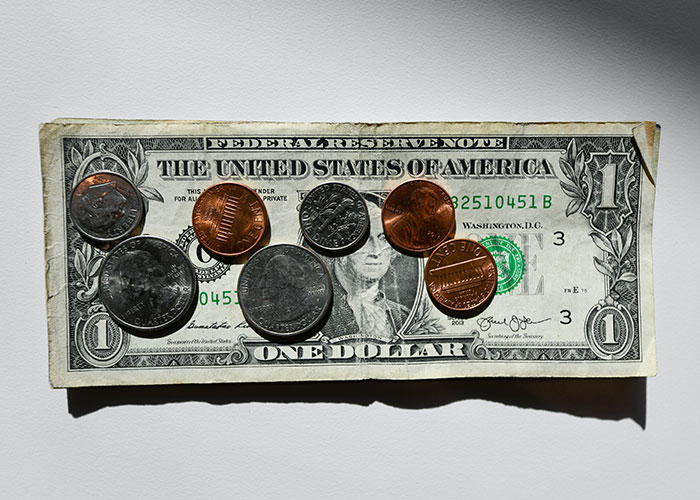
Image credits: Kenny Eliason / unsplash (not the actual photo)
A tip at a restaurant is generally different from tipping a specialist for their service
On top of these “new” tips, the actual “cost” of tips seems to be growing as well. This works on a somewhat insidious strategy, as most folks are aware that many humans are people pleasers. So if the “suggested” tip is 30% to 40%, many people might struggle to say no, that’s way too much, what happened to 10%?! The truth is that even some servers think this sort of tip-pushiness is causing issues. In many cases, customers are fed up with tips and are considering just skipping the practice entirely.
At least in the restaurant business, there is more of an incentive to tip. Particularly in the US, much of the waitstaff is underpaid, with the expectation that they will make the rest in tips. Research suggests that tips do actually help motivate servers and help alleviate burnout, as you can see a tangible reward for working hard. It’s also worth noting that customer-facing jobs tend to be stressful and require dealing with many rude and entitled people.
However, this is generally not as true for, say, a barber or a tattoo artist. Indeed, most of us are smart enough to not be rude or hostile to someone holding scissors, a razor or a needle to our skin. In fact, a common complaint many folks have about going to the barber shop is that they will mess up your hair and you will sit there, like a chump, smiling through the pain of your ruined hair.
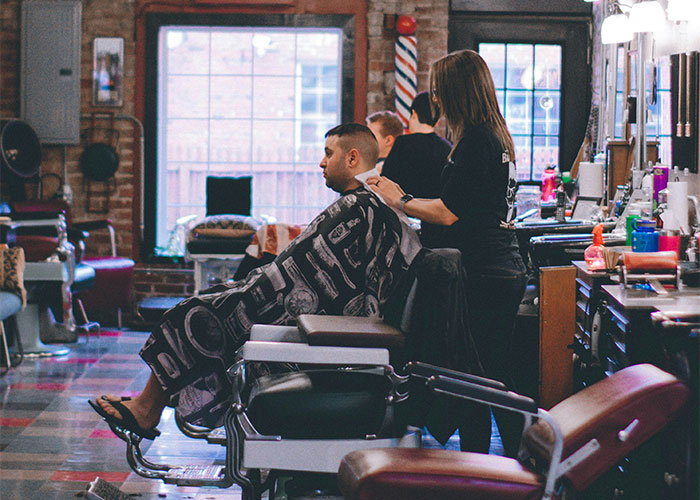
Image credits: Joshua Rodriguez / unsplash (not the actual photo)
There are still reasons to tip
It’s also worth noting that not all of the barbers in this video were making outrageous demands. After all, these folks tend to set their own rates, they do not generally need tips to survive. This is perhaps why so many said a positive review was worth as much (or more) than a tip. If you are paid enough for your work, you simply need enough work for it to be sustainable.
There is nothing wrong with tipping your barber, mechanic, handyman or even accountant, if you feel like it. The issue arises when expectations are simply too high, which can create a sense of entitlement and resentment in a place where it should not have been. Ultimately, a 40% tip for a haircut is absurd, unless there are some truly outstanding mitigating factors.
Viewers had a lot of opinions










